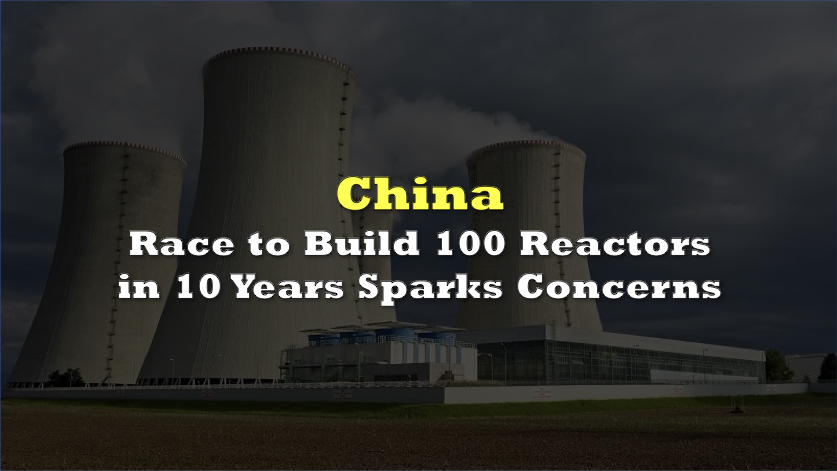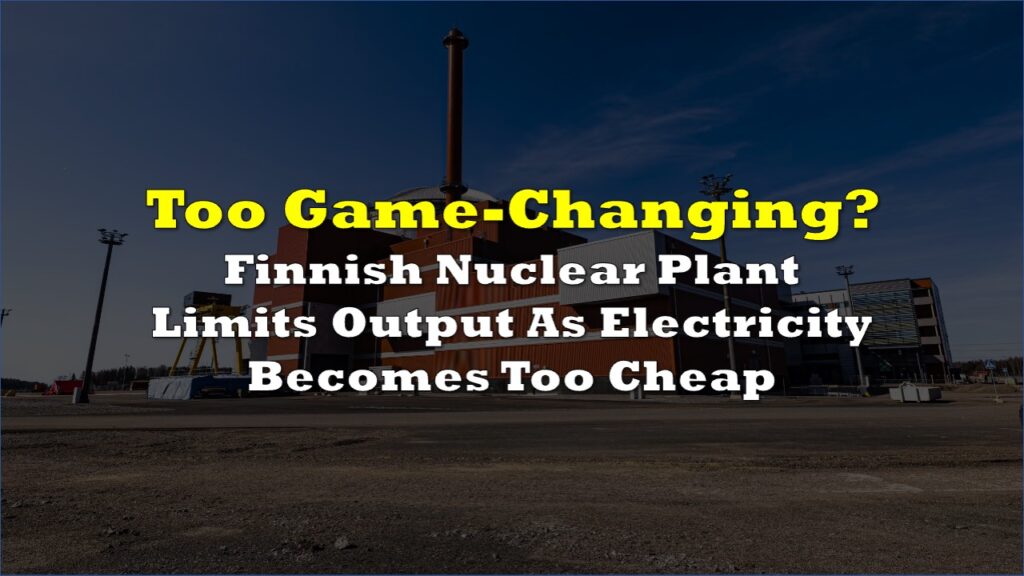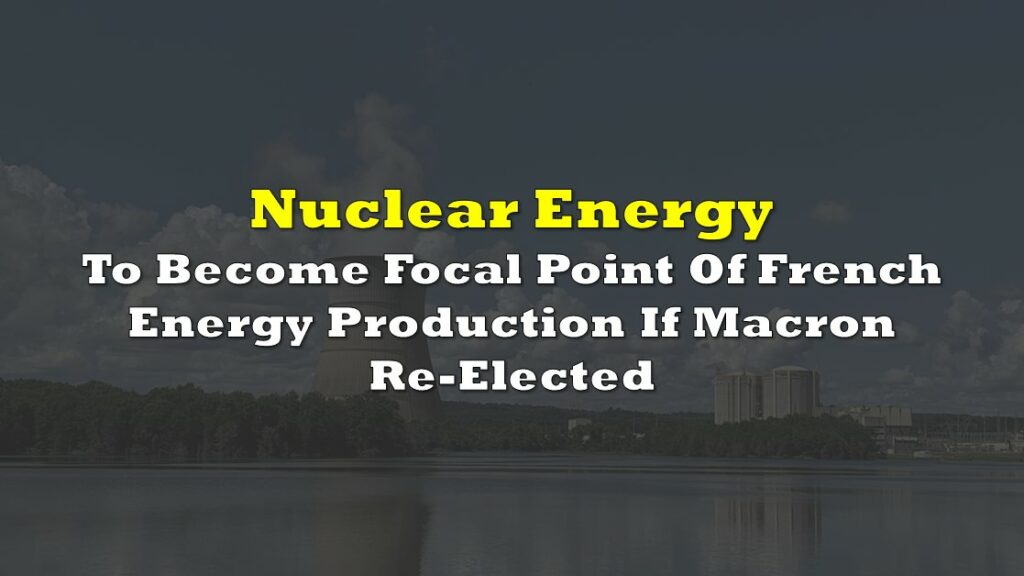China is poised to become the global leader in nuclear power generation, with plans to approve up to 100 new reactors over the next decade, according to a recent statement from the Chinese Nuclear Society. This aggressive strategy aligns with the country’s goals to decarbonize its energy grid, meet domestic electricity demands, and position itself as a dominant exporter of advanced nuclear technology.
In 2024 alone, China approved 11 new nuclear reactors, setting a national record. Tian Jiashu, deputy secretary-general of the Chinese Nuclear Society, outlined the country’s vision at the BloombergNEF Summit in Shanghai. He stated that a realistic target is to approve 10 new reactors each year until 2035, emphasizing that such a pace could quadruple China’s nuclear power capacity to 200 gigawatts by 2035, meeting roughly 10% of the country’s electricity demand.
Looking further ahead, China aims to double its capacity to 400 gigawatts by 2060, which would account for 16% of projected electricity consumption. These milestones would solidify China’s position as the world’s leading nuclear power generator, surpassing the United States and France.
At the heart of China’s nuclear ambitions is the Hualong One, a third-generation reactor praised for its enhanced safety systems. Additionally, China brought the world’s first fourth-generation reactor online in 2022 and is advancing the development of small modular reactors, such as the Linglong One.
Challenges Ahead
China’s nuclear expansion faces significant hurdles however. Historically, state-owned enterprises such as China National Nuclear Power Co., State Power Investment Corp., and China General Nuclear Power Corp. have dominated the sector. However, the capital-intensive nature of nuclear projects is prompting calls for reforms to attract private investment.
Currently, private investors account for only 20% of funding in the industry. Tian projects this could rise to 50%, stating, “The mixture of shareholders will enhance quality and investment efficiency.”
Geographically, most reactors are located in coastal regions, where access to water and infrastructure simplifies operations. To maintain its pace of approvals, China may need to expand into inland areas, raising concerns about water management and pollution risks. Moreover, safety remains paramount. Any significant incident could derail progress and provoke political backlash, both domestically and internationally.
While many countries scaled back nuclear initiatives following Japan’s Fukushima disaster in 2011, China doubled down, viewing nuclear energy as a critical component of its energy transition strategy. In contrast, nations such as Germany and Japan have leaned on renewables or restarted older fossil-fuel plants to bridge energy gaps, especially amid global energy market volatility.
China’s approach aligns with a broader global trend of renewed interest in nuclear power as an emissions-free, reliable energy source. According to the International Energy Agency, nuclear energy is indispensable for achieving net-zero emissions by mid-century, particularly as wind and solar power face intermittency challenges.
Information for this briefing was found via Bloomberg and the companies mentioned. The author has no securities or affiliations related to the organizations discussed. Not a recommendation to buy or sell. Always do additional research and consult a professional before purchasing a security. The author holds no licenses.









